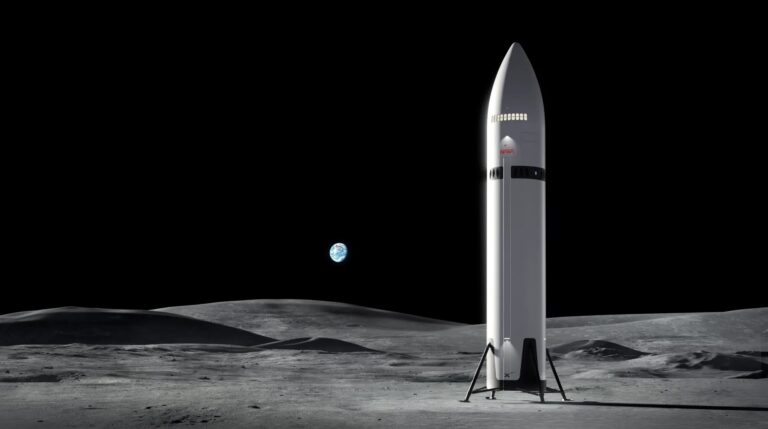Key Takeaways:
Several pictures show Enceladus backlit, with the dark outline of the moon crowned by glowing jets from the south polar region. The images show several separate jets, or sets of jets, emanating from the fissures known as “tiger stripes.” Scientists will use the images to pinpoint the jet source locations on the surface and learn more about their shape and variability.
The Enceladus flyby took Cassini within about 30 miles (48 kilometers) of the moon’s northern hemisphere. Cassini’s fields and particles instruments worked on searching for particles that may form a tenuous atmosphere around Enceladus. They also hope to learn whether those particles may be similar to the faint oxygen and carbon dioxide atmosphere detected recently around Rhea, another saturnian moon. The scientists were particularly interested in the Enceladus environment away from the jets emanating from the south polar region. Scientists also hope this flyby will help them understand the rate of micrometeoroid bombardment in the Saturn system to determine the age of Saturn’s main rings.
This flyby of Enceladus, the 13th in Cassini’s mission, took a similar path to the last Enceladus flyby November 30.
About 8 hours before the Enceladus flyby, Cassini also swung past Dione at a distance of about 62,000 miles (100,000 km). During that flyby, the spacecraft snapped clear, intriguing images of the bright, fractured region known as the “wispy terrain.” These features are tectonic ridges and faults formed by geologic activity on the moon sometime in the past. Scientists will now be able to measure the depth and extent of them more accurately.
Several pictures show Enceladus backlit, with the dark outline of the moon crowned by glowing jets from the south polar region. The images show several separate jets, or sets of jets, emanating from the fissures known as “tiger stripes.” Scientists will use the images to pinpoint the jet source locations on the surface and learn more about their shape and variability.
The Enceladus flyby took Cassini within about 30 miles (48 kilometers) of the moon’s northern hemisphere. Cassini’s fields and particles instruments worked on searching for particles that may form a tenuous atmosphere around Enceladus. They also hope to learn whether those particles may be similar to the faint oxygen and carbon dioxide atmosphere detected recently around Rhea, another saturnian moon. The scientists were particularly interested in the Enceladus environment away from the jets emanating from the south polar region. Scientists also hope this flyby will help them understand the rate of micrometeoroid bombardment in the Saturn system to determine the age of Saturn’s main rings.
This flyby of Enceladus, the 13th in Cassini’s mission, took a similar path to the last Enceladus flyby November 30.
About 8 hours before the Enceladus flyby, Cassini also swung past Dione at a distance of about 62,000 miles (100,000 km). During that flyby, the spacecraft snapped clear, intriguing images of the bright, fractured region known as the “wispy terrain.” These features are tectonic ridges and faults formed by geologic activity on the moon sometime in the past. Scientists will now be able to measure the depth and extent of them more accurately.










